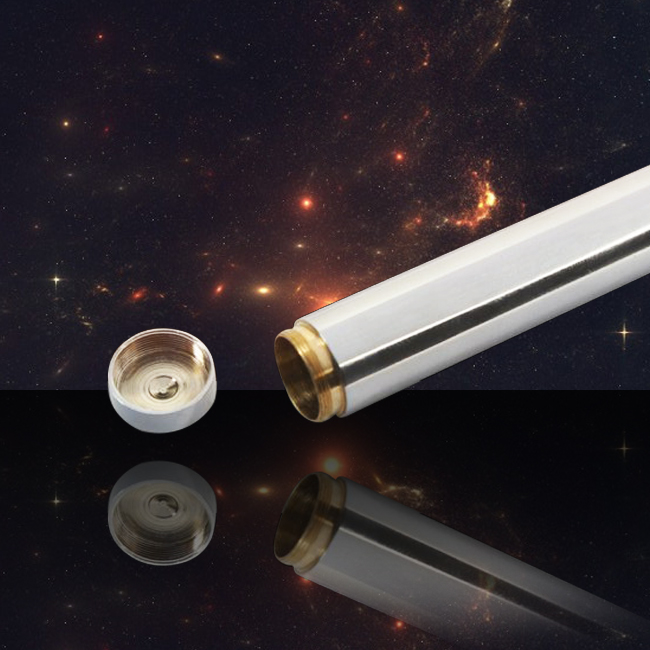The high brightness of the laser: the brightness of the solid-state laser can be as high as 1011W/cm2Sr. Not only that, after the high-brightness laser beam is focused by the lens, it can generate thousands of degrees or even tens of thousands of degrees in the vicinity of the focal point, which makes it possible to process almost all materials. The high directivity of the green laser pointer: the high directivity of the laser enables it to effectively transmit a long distance. At the same time, it can also ensure that the focus is extremely high power density, both of which are important conditions for laser processing. If these received lasers are emitted one by one, no powerful energy can be formed. Generally, after an electron is excited to a high energy level, the time it stays at the high energy level is short. The electrons of some substances stay at the second energy level E2 for a longer time, second only to the ground state energy level E1. This energy level is called the metastable energy level. According to different working media, lasers are divided into six types: solid-state lasers, gas lasers, dye lasers, semiconductor lasers, fiber lasers and free electron lasers. Among them, there are many subdivided types of solid-state lasers and gas lasers. Except for free electron lasers, the basic working principles of various lasers are the same, including three parts: pump source, optical resonator and gain medium.

To form a laser, the working substance must have a metastable energy level. This is the second condition for high powered laser generation. External photons can excite photons and produce stimulated radiation, but they may also be absorbed by low energy levels. In the laser working material, the two processes of stimulated emission and stimulated absorption exist at the same time. At room temperature, absorption is more than emission. Choose a proper substance so that it has more electrons at the sub-energy level than at the lower energy level, that is, a population inversion is formed, which makes the stimulated emission more than the absorption. This is the third condition for laser generation. Laser technology has entered people's lives from all aspects, but there are many types of lasers, each with different wavelengths and different characteristics, so the fields of application are also different. I believe that most people feel a bit of a headache when facing the complicated types of lasers. Therefore, this article summarizes various types of lasers, and explains the characteristics and practical applications of each type of laser one by one.
